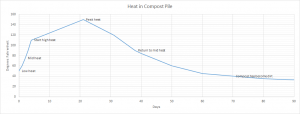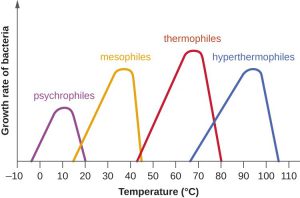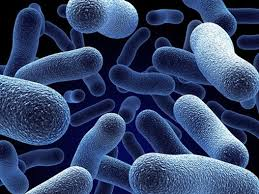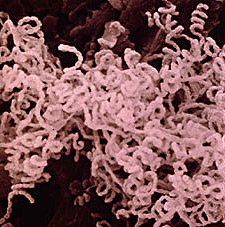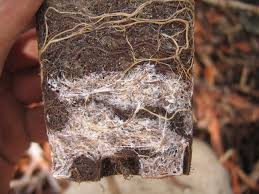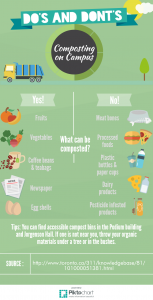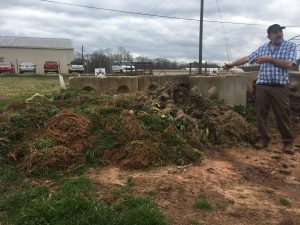For my final project outreach, I chose to volunteer at Clarke Central High School to help them see the amount of antibiotic resistance in their soil by counting the colonies from their soil samples.
To begin, we had the students bring in soil samples from different locations for our testing at the UGA lab. We first measured a gram of soil and performed six serial dilutions by adding more and more water to dilute the soil samples. Then, we added those solutions to petri plates that either had no antibiotic (NA-control) or with tetracycline (TET 3 AND TET 30) and waited a couple of days to count the amount of colonies in the petri dishes to see the amount of antibiotic resistance in the samples at the high school. To do that, we had the high school students choose the 2 different dilution plates that were the easiest to count and mark with a pen (within 5 to 300 colonies) for NA, TET 3, and TET 30. We then entered that data into the spreadsheet which performed calculations of the frequency of tetracyline resistance and then entered that data in the PARE site. For this experiment, we researched topics such as antibiotic resistance as well as how genes in bacteria are transferred. Although the research was interesting, I won’t be doing research of that kind in the future, as I’m an art major and will be taking many studio classes in the future.
One main point learned in the research process is antibiotic resistance. The way bacteria survive with antibiotic resistance begins with mutations in their genes which prevent their susceptibility to antibiotics. As a result, when an antibiotic is introduced, the bacteria without the mutation die out, while those mutation-containing ones survive. The next point lies in how bacterial genes are transferred. First, then, they divide and their offspring through vertical transmission contain the mutations, so when the same antibiotic is added, those resistant bacteria will fight it off, resulting in antibiotic failure. In addition to vertical transmission, bacteria can also transfer their mutant genes horizontally through conjugation (transmission through a pious or hollow tubular structure), transformation (free passage of DNA between cells), and transduction (via a bacteriophage viruses taking DNA from an infected bacterial cell and transferring it to a new cell). I learned these pieces of information through class discussions, as well as studying the powerpoints on the checklist. And, through this project, I could physically see the topics at work because over time, the bacteria with mutations survived through division (vertical) or through horizontal transmission of genetic material. In other words, the colonies which we counted were tetracycline-resistant bacteria who gained that resistance through mutations transmitted horizontally or vertically. Although I didn’t present the material to the class, by performing the experiment, the material was reinforced in the real world, which was really helpful.
First, we made sure the presentation was intellectually stimulating by giving the high schoolers the tasks of counting colonies and entering the data which made them consider both antibiotic resistance in the soil as well as how we calculate the frequency of the resistance. Furthermore, by having the different serial dilutions, the high schoolers had to think mathematically about how by adding more and more water would have the solution less potent by factors of 10. The relevance came into play through the experiment enlisting the high schoolers to find their own soil; therefore, since it was their samples, they were more invested to see how their own soil had antibiotic resistance, something which can be harmful. Finally, the presentation was creative in that it was an application of the real world; in other words, the samples were from locations they’ve been to, and they entered their data in to a real scientific research site (PARE). In all of my high school science classes I never had the really cool opportunity to input my own data into a national site.
I learned many things during this process, but one discovery was that soil and antibiotics are related. Previously, I just thought that antibiotics were used to combat sicknesses, but I never knew they would be in soil and that bacteria would be resistant to it. In addition, I discovered how to make a serial dilutions; in other classes, my teachers would give us samples that were already diluted, without telling us how to perform it ourselves. But, with this class, I learned how, so if I ever need to do a serial dilution in my life, I’ll know how. About myself, I did learn that I love to pipette samples, spread the samples in the dish with the stick, and use parafilm. Because I’m usually more drawn to artistic tasks, it was interesting to learn I like science lab tasks as well. Although I don’t think I learned a more creative skill or about delivering a presentation, I did see myself as more confident because I had to instruct people who were about my age on how to do an experiment I had only done once. Also, I found out my assumption of high schoolers (the audience) was that they were rude or maybe scary (since I’m short and they’re all so tall), but I realize they were really sweet and well behaved. Therefore, in the future, when I need to communicate information to a new audience, I’ll be less nervous because they’re people just like me, and usually their first move isn’t to be rude to me.
To analyze my audience, I first looked to see which people seemed the least intimidating (the girls), and I made sure I began talking with them to be more comfortable and then I moved to “scarier” students (football players) as a way to prep an not psych myself out. Because I knew I’d be nervous with this audience, I made sure to review the experiment before class, so I’d be able to facilitate the correct information better. I can then apply that to future communication efforts by first figuring out who the audience would be and then figure out a plan to best give the information.
If I did this again, I’d research and review the experiment even more. Even though, like discussed previously, I did research to familiarize myself before getting to the audience, I still felt slightly unprepared, as I had to ask Dr. Brickman questions a couple of times.
This experience helped me understand the material more because I had to apply it to this real life experiment. Therefore, I had to understand the different aspects (like the bacterial resistance) to ensure that I’d deliver the presentation to the high schoolers better. Also, I had to know the material well in case the students asked me questions. In other words, I had to be organized for this specific audience, because high schoolers can easily smell fear or know when someone isn’t confident.
In the future, I can use what I learned about being prepared for presentations and keeping my nerves in check with future meetings or presentations that I might have in the graphic design field where I need to facilitate information about a logo or advertising campaign to people (bosses) who are intimidating.
This came across in the way I wanted it to, in terms of successfully completing a task and engaging a large audience, but as I said, I would prepare even more in the future to have it go even more smoothly.
Finally, this experiment was effective because I utilized what I learned in class to present an experiment to a large group of people in a nerve-inducing environment of a high school.

